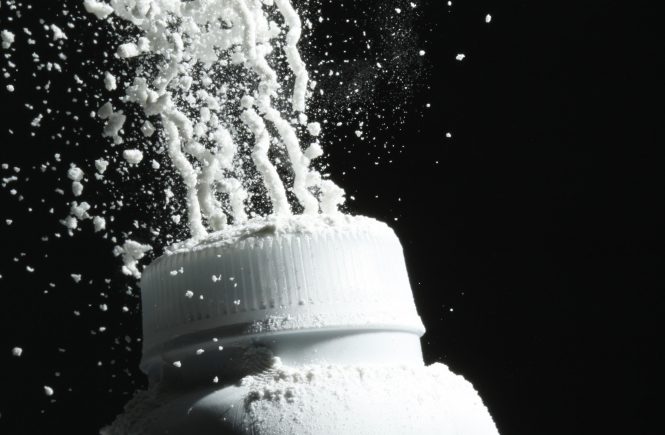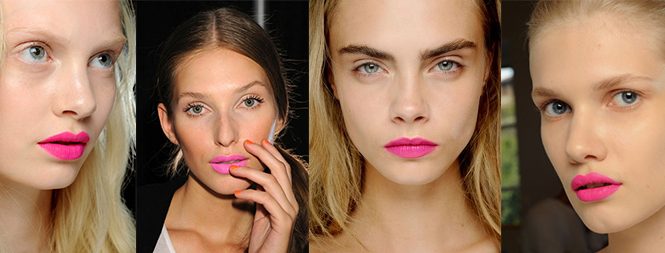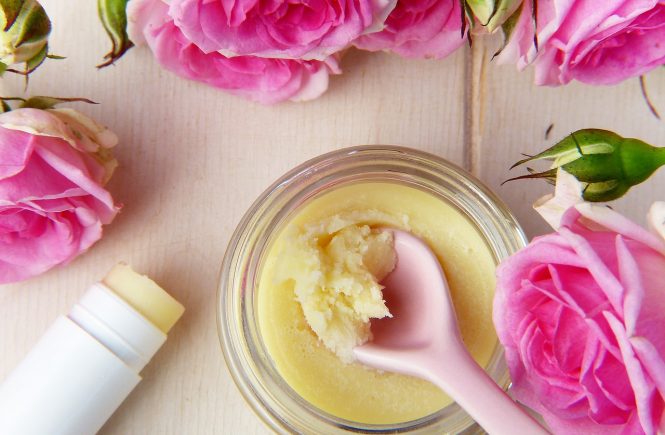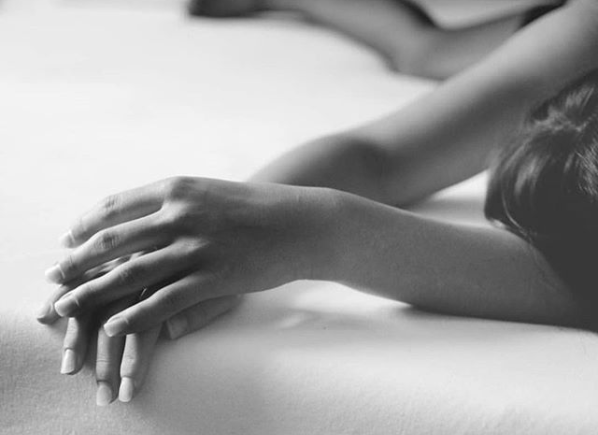When you think of talc, you may just think of baby powder, but did you know it’s actually used in many more products than that?
Look in your makeup bag…do you use:
- eyeshadow?
- setting powder (loose or pressed)?
- blush?
- bronzer?
- highlight?
Most pressed cosmetic powders contain talc, although thankfully as technology and formulas have modernized, we’re seeing less talc in these products today (but these are often higher priced products too). You may be asking “Julia, why are you saying ‘thankfully’?” – I’m happy you asked!
What is talc & Why is it used?
Talc is a fine white powder, often sold in the form of talcum powder or used as an ingredient in cosmetics and commercial products. Typically used as a non-caking agent and a way to give makeup its matte effects, talc is far more common than people realize. Matte formula foundations (hi, Fenty Beauty), setting powders (how are ya, Jeffree?), and most eyeshadow palettes on shelves…are just a few items to note.
Do I use products that contain talc?
I typically try and avoid using talc every chance I can. Why? As common as talc is, it’s actually a commonly known irritant to sensitive skin. Talc’s “mineral particles often have rough edges that can cause microscopic tears, which will aggravate sensitive skin”1. Irritation aside, it’s also chalky AF! I know I’m fair (it’s no secret), but when I use powders and products with talc, they make me look far ghostlier than I am. Not to mention, I find talc to be much too drying for my sensitive combination skin. When skin becomes overly dry from products, the pores will start to trap and clog…hello skin crying in pimples! 2 I’ve found stellar success using talc alternatives like corn starch, rice flour, and the innovative ingredients in new finishing powders such as Hourglass’s Veil Translucent Setting Powder and literally everything in CoverFX‘s arsenal *swoon* ?.
In the news lately
Before I dive into this disturbing news, I want to note: Naturally occurring talc contains trace amounts of asbestos. Why is this a big deal? Asbestos is a notorious carcinogen (it causes cancer). *HOWEVER* According to the American Cancer Society, talc used for cosmetic purposes has not contained asbestos since the 1970s. So why am I bringing this up in the first place?
Well…in 2018, 22 women filed a lawsuit against Johnson & Johnson (J&J) alleging that the personal care product giant had knowingly been putting hazardous products on shelves…each of these women developed ovarian cancer that they claimed was a result of using the company’s talcum powder. Later that summer, these same women won their suit and the court ordered J&J to pay a record $4.69 billion to the 22 women and their families.
Announced in March, Johnson & Johnson had knowingly been using asbestos-contaminated talc in their baby powders. For those of you not familiar with the case, this has sparked recent hyper-focus on the ingredient. I only learned all of this recently last year when this news broke, but with already having removed all talc-containing items from my makeup bag for the skin love reasons above, this is only reaffirming that I will no longer be using any products that contain talc in my personal care routines.
The takeaway
If you’re concerned for your skin health, try an alternative, talc-free product – either something super crunchy like corn starch from Whole Foods, or give a whirl to a new innovative talc-free formula like CoverFX’s or Hourglass’s. You could simply skip the powder, but like me, not everyone is ok with skipping that step ?
Post originally published on 06.05.19, updated for clarity




